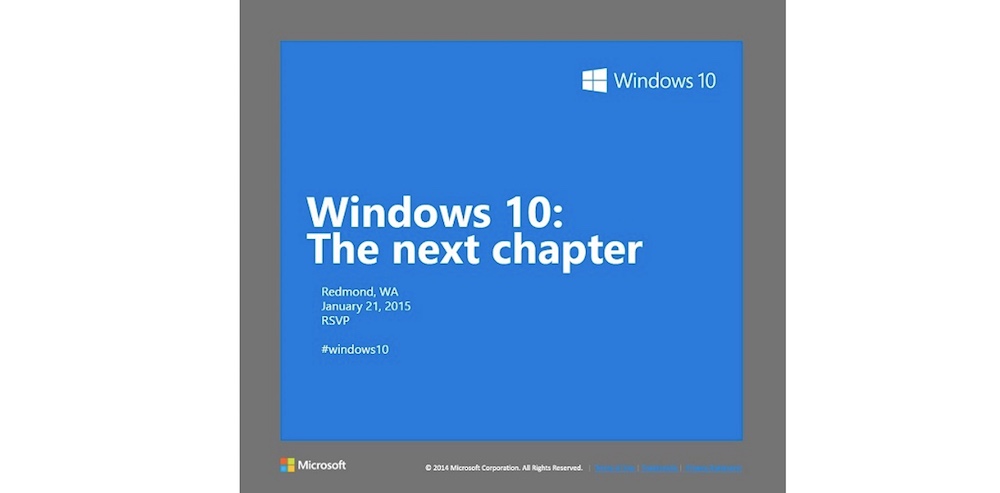
Microsoft just wrapped up its Windows 10 event and the future is looking very interesting indeed. Even more so considering Microsoft’s version of the future arrives later this year. We saw Windows 10 as expected (it looks like the OS that will finally get you off Windows 7) and a very compelling demonstration of how this operating system will unify your devices —from the PC to smartphone, tablet and Xbox One. Microsoft also dropped some hardware surprises, including HoloLens, the company’s take on augmented reality. Here’s what you need to know about what went down in Redmond.
The Start Menu’s Back
Let’s start this off with a minor item in the grand scheme of things, but something that is going to make a big difference to the hundreds of millions of people still running Windows 7 on their computer because they don’t like Windows 8’s touch-driven tile interface.
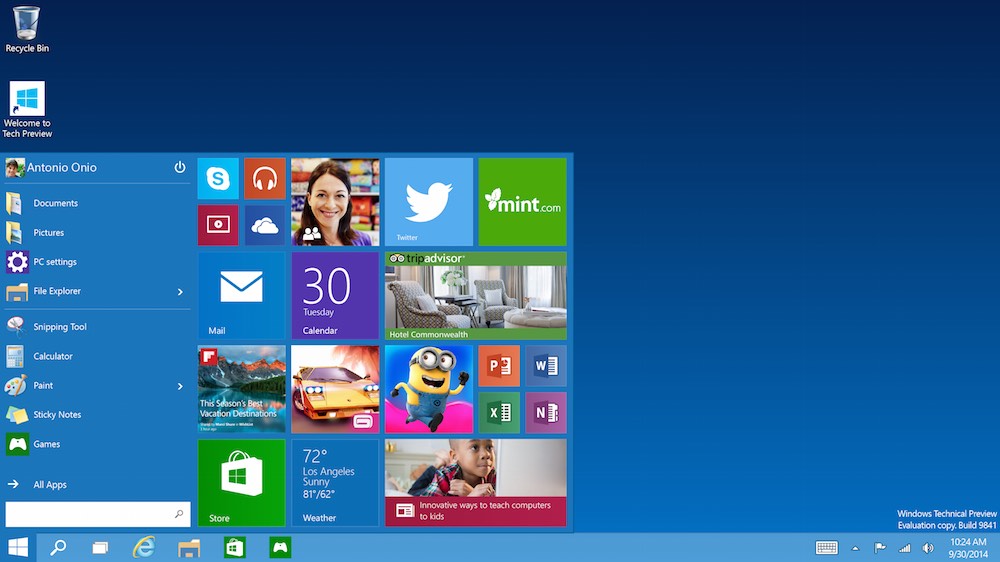
The default UI for Windows 10 on a PC has much of the familiar look and feel of Windows 7, including the Start menu. If you prefer Windows 8, no worries, you can change to the tile view.
Microsoft also made the point that the Windows 10 Insider program has resulted in a huge amount of feedback: 1.7 million testers installed the OS three million times on a huge range of PCs and filed 800,000 piece of feedback that Microsoft developers have been addressing. This bodes well for quality with much less likelihood of a misstep like Windows 8 and that Start menu dust up.
Universal Experience
Windows 10 is Microsoft’s big push towards a universal Windows experience. This means the operating system is going to power all of its devices —PCs, convertible PCs, tablets, smartphones and even the Xbox One.
The goal is to offer a seamless transition from mobile device to PC to the living room. Universal apps like Microsoft Office will offer a similar experience (with the user interface tweaked according to each device) whether using it on a smartphone or a desktop PC. The familiar ribbons will carry over, the files will be compatible and touch gestures on one device will be identical on others.
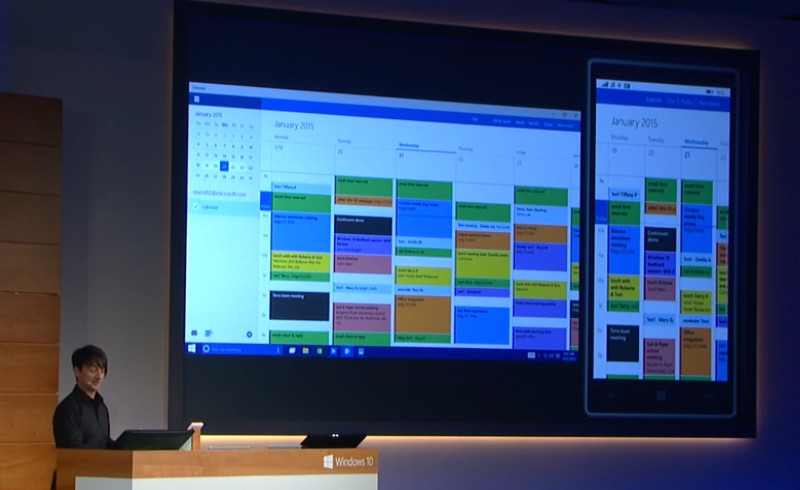
Continuum is a feature that takes that seamless transition to the next level by changing the user interface on tablets and convertible laptops dynamically, according to the way they are being used. When in tablet mode, the user will be presented with the Windows 10 mobile interface; pair a keyboard or mouse and the interface changes to a Windows 10 desktop PC view. This feature will be especially great for devices like Microsoft’s own Surface Pro (which was used to demonstrate it).
Cortana Moves to the PC
Microsoft has been playing catch-up to Apple’s Siri personal digital assistant, but Cortana gets a leg up in Windows 10. By making the move to the PC as well as mobile, the number of potential Cortana users is set to explode.
In Windows 10, Cortana’s abilities also expand, offering voice-enabled search for local files like digital photos as well as files you might have stored in the cloud on One Drive.
Project Spartan
Microsoft’s Internet Explorer web browser has fallen out of favour with many people. In Windows 10, the company is focusing on bringing a best-in-class browser experience to PCs and mobile devices.
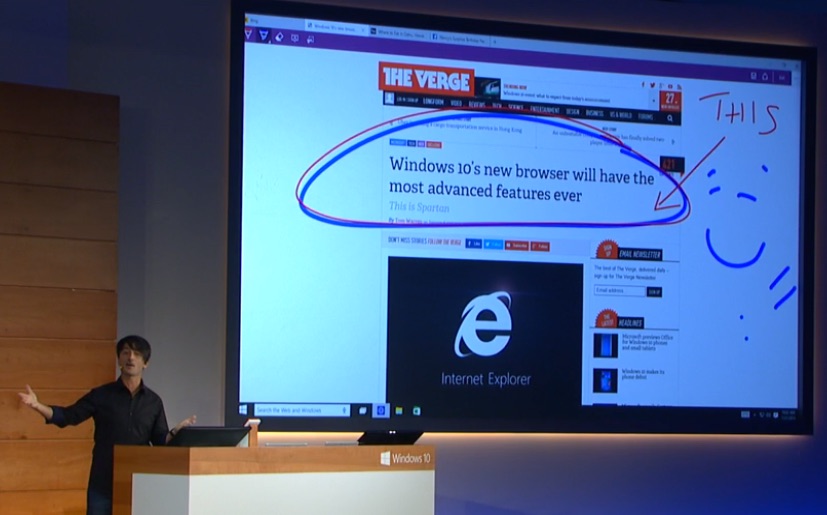
Project Spartan is Windows 10’s new browser. It has under the hood improvements like a new rendering engine that should make for faster performance and a new look. It also features Cortana integration, with the digital assistant helping to autofill searches based on your personal information. For example, if you start to search on “flight schedules” and your calendar has a meeting booked for another city next week, Cortana could provide an autofill suggestion that includes the destination airport and date.
Spartan also gains advanced sharing and interaction capabilities. Users can annotate websites (with keyboard, finger or stylus), share the information with others or clip and share sections of a web page. The browser also gets a reading mode, including offline reading capability.
Windows 10 Has a Focus on Gaming
Fans of PC gaming should be drooling at what Microsoft Developers are doing with Windows 10.
To start with, core technologies will improve the gaming experience on existing hardware. Windows 10 introduces ActiveX 12, which brings a big increase in gaming and video performance while cutting power use by up to 50 percent compared to the current ActiveX 11 —especially good news for gaming laptops that don’t have the power of a desktop video card and rely on battery power for mobile use.
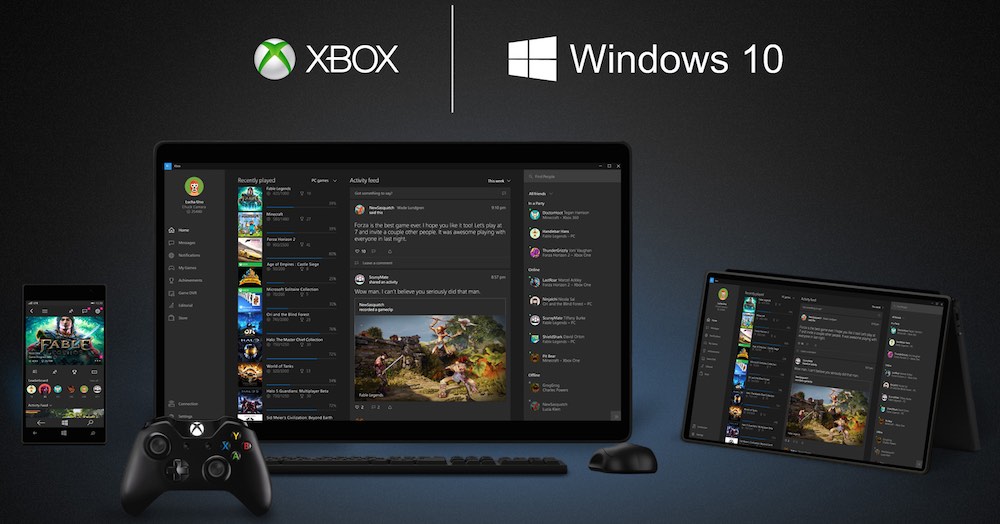
Even bigger, though, is Xbox integration. The universal Xbox App on Windows 10 tracks your games as well as your Xbox Live activity feed and friends. A new Game DVR feature lets you share gameplay clips from your Windows Games. Games that are released on both the Xbox One and Windows PC can be played across devices. In other words, multiplayer gamers can be on either a Windows 10 PC, or an Xbox One and play against each other —complete with chat. The feature was demonstrated using Fable Legends, an upcoming PC and Xbox One title.
Xbox streaming will also be supported. Similar to Sony’s PS4 Remote Play feature, you can run a game on an Xbox One and stream it to any Windows 10 tablet or PC to play the game anywhere connected to your Wi-Fi network.
Microsoft Surface Hub
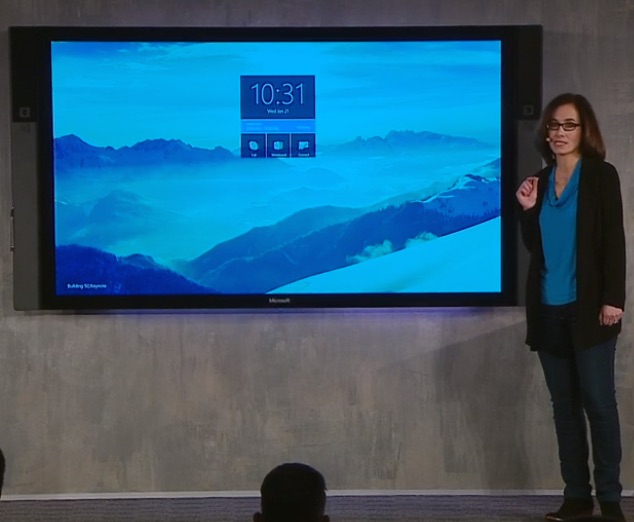
The first hardware reveal of the event was the Surface Hub, essentially a massive, wall-mounted Surface tablet. It has an 84-inch touchscreen with 4K resolution and an array of speakers, microphones and cameras. Running Skype for video conferences or being used as a high tech whiteboard (complete with OneNote integration), the Surface Hub is designed to be the focal point of a conference room.
Windows Holographic and HoloLens
The biggest surprise of the Windows 10 event was the reveal of Microsoft’s top secret foray into augmented/virtual reality.
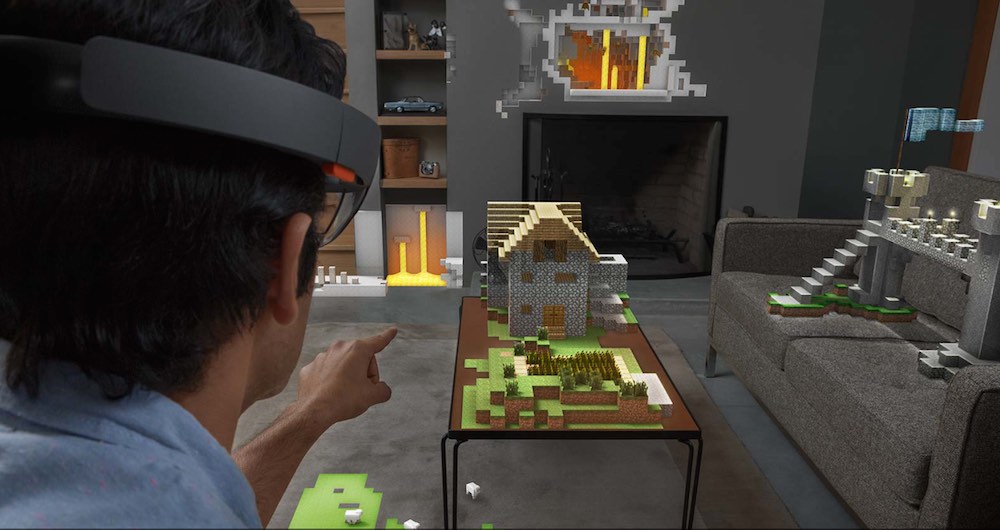
Windows Holographic capability is baked into Windows 10 and with the use of a new headset—the HoloLens—projects holographic images into your real surroundings. Microsoft has already developed the software for creating the holograms and collaborated with game developers and even NASA on the technology. It has implications ranging from product design to gaming (Minecraft in the living room was part of the demo) and Microsoft says the headset will be priced for both business and consumer use.
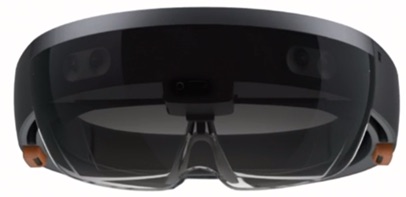 When and How Much?
When and How Much?
Windows 10 will be released for smartphones, tablets and PCs sometime later in 2015. That’s all the info we have at the moment. The good news is that it will be a free upgrade for mobile users and for PC holdouts, Windows 10 will be a free upgrade from Windows 7 and up for one year from the date of release.
There’s no price tag on that cool hardware, but Microsoft says it will be released in the Windows 10 timeframe.
Stay tuned for the Microsoft Build 2015 conference—that’s when more information about Windows 10, HoloLens and the Surface Hub should be released.




Hello there, just became alert to your blog through Google, and found that
it’s truly informative. I’m gonna watch out for brussels.
I’ll be grateful if you continue this in future.
Numerous people will be benefited from your writing.
Cheers!
Sweet, that means I can get a new desktop and not have to worry about paying a premium for the new OS on a new computer.
Comments are closed.